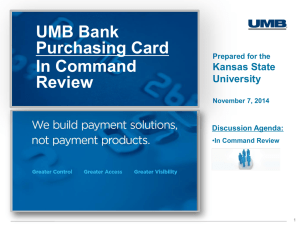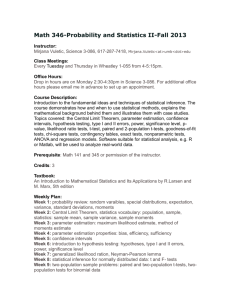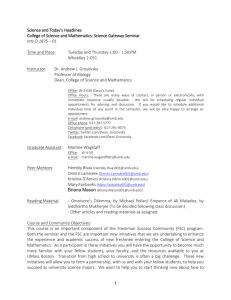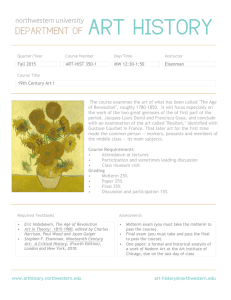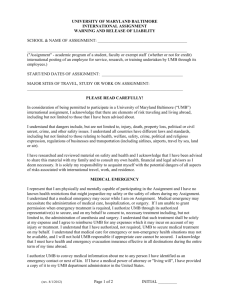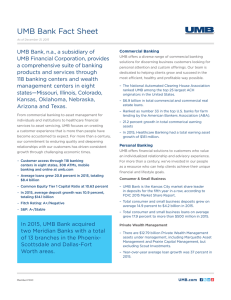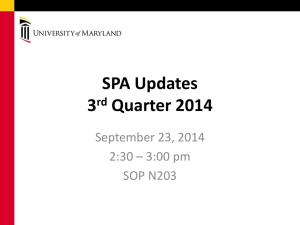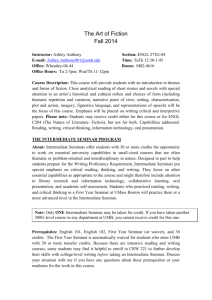CS105 Introduction to Computer Concepts Spring 2 0 1 2
advertisement
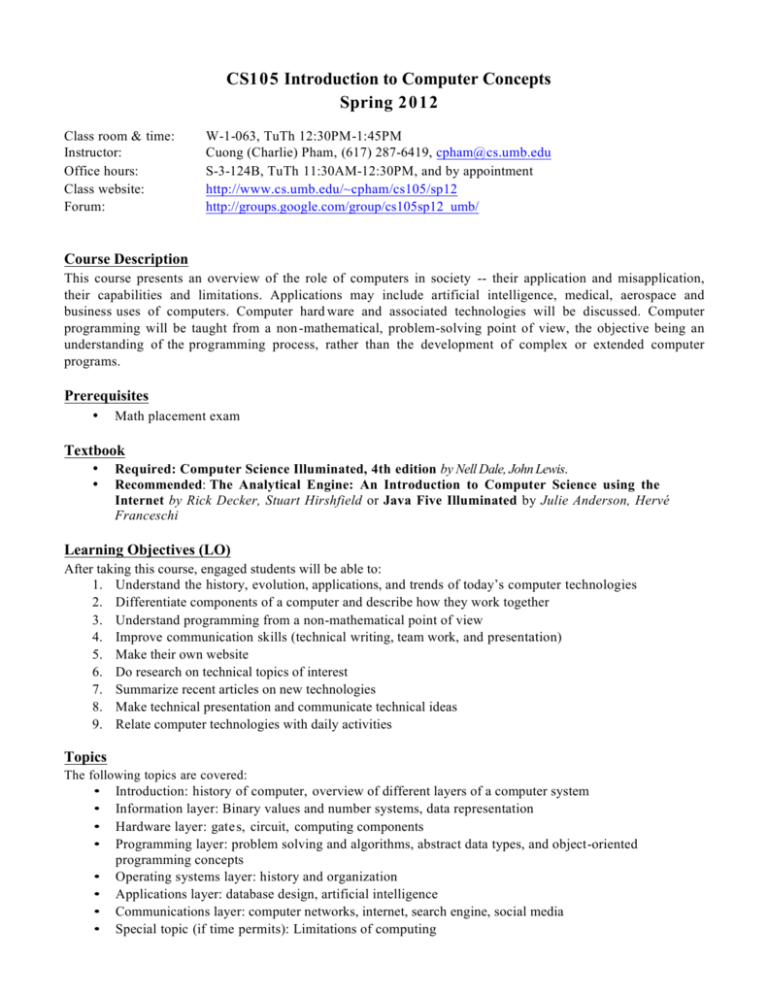
CS105 Introduction to Computer Concepts Spring 2 0 1 2 Class room & time: Instructor: Office hours: Class website: Forum: W-1-063, TuTh 12:30PM-1:45PM Cuong (Charlie) Pham, (617) 287-6419, cpham@cs.umb.edu S-3-124B, TuTh 11:30AM-12:30PM, and by appointment http://www.cs.umb.edu/~cpham/cs105/sp12 http://groups.google.com/group/cs105sp12_umb/ Course Description This course presents an overview of the role of computers in society -- their application and misapplication, their capabilities and limitations. Applications may include artificial intelligence, medical, aerospace and business uses of computers. Computer hard ware and associated technologies will be discussed. Computer programming will be taught from a non -mathematical, problem-solving point of view, the objective being an understanding of the programming process, rather than the development of complex or extended computer programs. Prerequisites • Math placement exam Textbook • • Required: Computer Science Illuminated, 4th edition by Nell Dale, John Lewis. Recommended: The Analytical Engine: An Introduction to Computer Science using the Internet by Rick Decker, Stuart Hirshfield or Java Five Illuminated by Julie Anderson, Hervé Franceschi Learning Objectives (LO) After taking this course, engaged students will be able to: 1. Understand the history, evolution, applications, and trends of today’s computer technologies 2. Differentiate components of a computer and describe how they work together 3. Understand programming from a non-mathematical point of view 4. Improve communication skills (technical writing, team work, and presentation) 5. Make their own website 6. Do research on technical topics of interest 7. Summarize recent articles on new technologies 8. Make technical presentation and communicate technical ideas 9. Relate computer technologies with daily activities Topics The following topics are covered: • Introduction: history of computer, overview of different layers of a computer system • Information layer: Binary values and number systems, data representation • Hardware layer: gate s, circuit, computing components • Programming layer: problem solving and algorithms, abstract data types, and object-oriented programming concepts • Operating systems layer: history and organization • Applications layer: database design, artificial intelligence • Communications layer: computer networks, internet, search engine, social media • Special topic (if time permits): Limitations of computing Grading • • • • • Homework (20% of final grade): There will be totally 4-6 homework assignments. Midterm exam (20% of final grade): Cover the first half of the course lectures Final (30% of final grade): Cover the second half of the course lectures (since the midterm exam) Presentation (20% of final grade): Each group (maximum 3 students) is required to give a 20-minute oral presentation about an assigned topic. Class attendance (10% of final grade): there will be random quizzes in class. Note: No laptop or cell phone devices are allowed to be used during class section. Note: Letter grades are assigned at the end of the course following the guideline below Threshold (%) Letter Grade 91+ A 89+ A- 87+ B+ 83+ B 80+ B- 77+ C+ 73+ C 70+ C- 67+ D+ 63+ D 60+ D- <60 F Late Homework and Makeup Policy Unless a good reason and its supporting evidence are given, e.g., due to illness, emergency, important events: • No makeup is acceptable for students missing a quiz/exam/presentation. • Homework may be submitted late by no more than 24 hours, weekend and holiday counted. The penalty for late submission is 20% of the homework score. Accommodations Section 504 of the Americans with Disabilities Act of 1990 offers guidelines for curriculum modifications and adaptations for students with documented disabilities. If applicable, students may obtain adaptation recommendations from the Ross Center for Disability Services, M-1-401, (617-287-7430). The student must present these recommendations and discuss them with each professor within a reasonable period, preferably by the end of Drop/Add period. Student Conduct Students are required to adhere to the University Policy on Academic Standards and Cheating, to the University Statement on Plagiarism and the Documentation of Written Work, and to the Code of Student Conduct as delineated in the catalog of Undergraduate Programs, pp. 44-45, and 48-52. The Code is available online at: http://www.umb.edu/life_on_campus/policies/code Additional Information You should visit the website regularly for other information including latest announcements about the class. Assessment Matrix LO LO1 LO2 LO3 LO4 LO5 LO6 LO7 LO8 LO9 H1 H2 H3 H4 H5 x x x x x x x x x H6 x x x Q1 x x Q3 x Q4 x Q5 x x x x x Q2 x x x x x Q6 x x x E1 x x x x x x x x x x LO: Learning Objective, H: Homework, Q: Quiz, E1: Midterm Exam, E2: Final Exam E2 x x x x x x x x x
